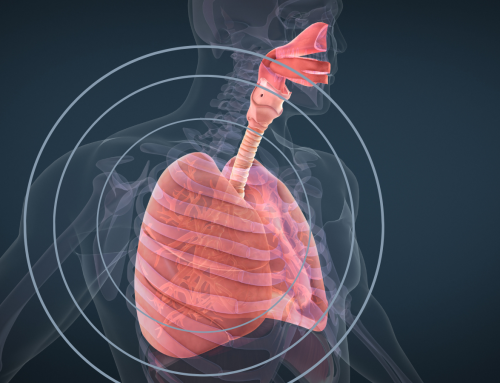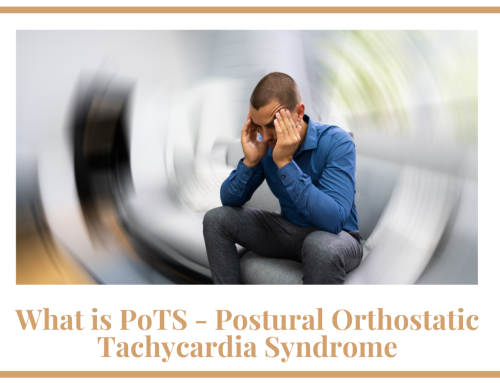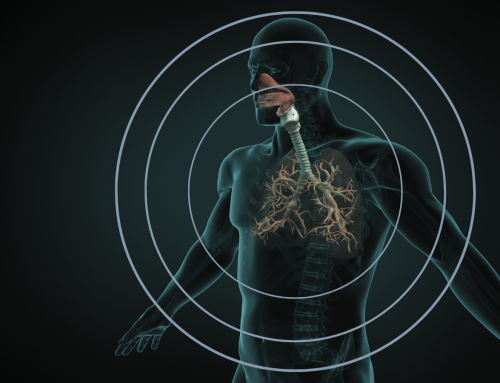Some of the biggest myths we come across when it comes to breathing is around deep breathing. There’s been so much swirling around in the media & from influencers in recent years – the Wim Hof method being particularly popular – talking about deep breathing exercises, especially about it being a “cure all” for a whole range of conditions. While we completely agree that taking slow, deep breaths can help with relaxation and stress, when it comes to respiratory issues for which respiratory physiotherapy is needed, deep breathing often isn’t the answer.
So we’d like to focus on some of the myths around deep breathing and why we all need to be more aware of when and where it’s appropriate.
Myth – deep breathing will help improve my breathing symptoms
Unfortunately, deep breathing isn’t appropriate for everyone.
While deep breathing may help some people manage some symptoms some of the time, it isn’t suitable for everyone – and in some cases, may even make your symptoms worse.
Deep breathing is particularly effective when dealing with the ‘fight or flight’ response.
What is ‘fight or flight’?
Stress is the natural, physiological response within your body when there is danger or a threat, real or imagined. You may find that your breathing becomes more shallow and faster as your stress levels increase. Stress hormones are then released so that you are ready to take emergency action – which is called the ‘fight-or-flight’ response.
This fight-or-flight response can make you feel overwhelmed, agitated or panicked, and when this happens muscles tense up, your heart pounds and your breathing quickens.
Studies do suggest that controlled, deep, slow breathing can make a difference here as it down regulates the fight or flight response. It can make you feel more calm, reducing your heart rate, and lowering your stress levels.
Why we don’t recommend deep breaths to our patients:
However, with some of the conditions we treat – like breathing pattern disorder – deep breathing isn’t the correct approach and may make your symptoms worse. This is because it can lead to a pattern of over-breathing, or hyperventilation, where we exhale too much carbon dioxide. This can perpetuate symptoms and lead to symptoms just as dizziness.
Excessive or repetitive deep breaths from the upper chest can also lead to premature breathlessness and/or chest pain, as the small, weak muscles in the upper chest and neck get fatigued very quickly. They are not designed to be used all the time, and rather a lower chest pattern using your diaphragm, is much more efficient.
Our respiratory physiotherapists therefore do not routinely recommend deep breaths as a treatment for our patients, however we may ask a patient to take a deep breath/deeper breaths in the following circumstances:
- During our assessment: listening to the patient’s chest or when assessing the mobility of the rib cage,
- Doing a blowing test where we need to be able to assess their lung function,
- During an airway clearance regime where a patient has phlegm on their chest. In this circumstance we need to promote ventilation to get the phlegm moving, and to do that, we need to increase the volume within the lungs,
- When the patient does a powerful cough they need to take in a deep breath first.
- When a patient is exercising, the depth of the breath should increase in a controlled manner.
Myth – I practise ‘belly breathing’, therefore my breathing is perfect.
the correct term for optimal breathing using the nose and lower chest, is diaphragmatic breathing.
This is because as we breathe in, our diaphragm contracts and flattens. Our diaphragm is our main breathing muscle. It sits underneath the rib cage and separates our thoracic cavity from our abdominal cavity. As the diaphragm moves, it creates pressure changes within the thoracic cavity which allows our lungs to fill adequately with air. The flattening of the diaphragm also creates a pressure change in the abdominal cavity, leading to a slight rise of our belly.
People who ‘belly breathe’ frequently push their tummies out, engaging their abdominals, rather than focusing on the diaphragm and effective filling of the lungs. This pattern of breathing does not reflect and optimal and efficient pattern.
Air Physiotherapy can help work out what you need
If you are confused about how to breathe effectively, or need help managing breathing symptoms, get in touch
email: enquiries@airphysiotherapy.co.uk
call 020 7971 1464





